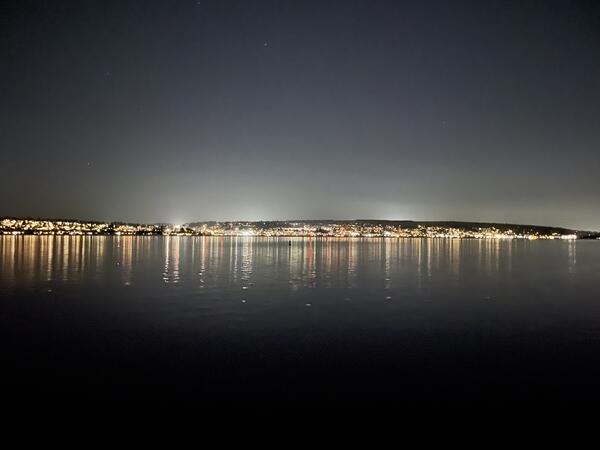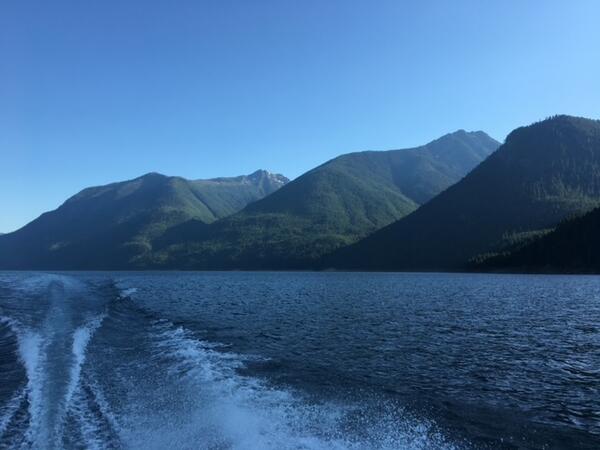Artificial Light At Night Reflected into Lake Washington
Artificial Light At Night Reflected into Lake WashingtonArtificial light at night (ALAN) can be a threat to aquatic ecosystems. Light in the sky penetrates through the water and brightens the water column. Even small increases in light at night can dramatically improve some predators’ ability to hunt and kill their prey.


























